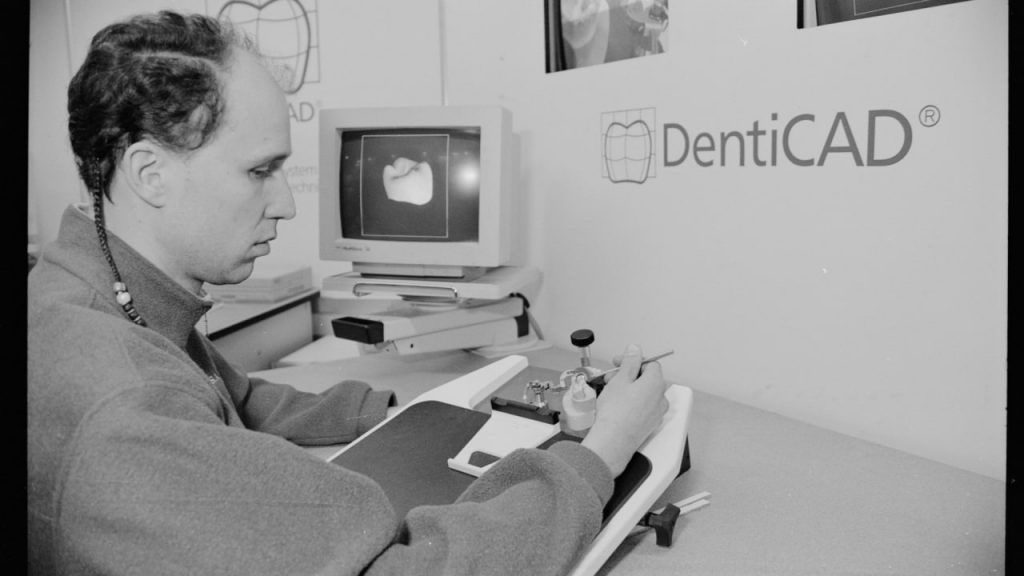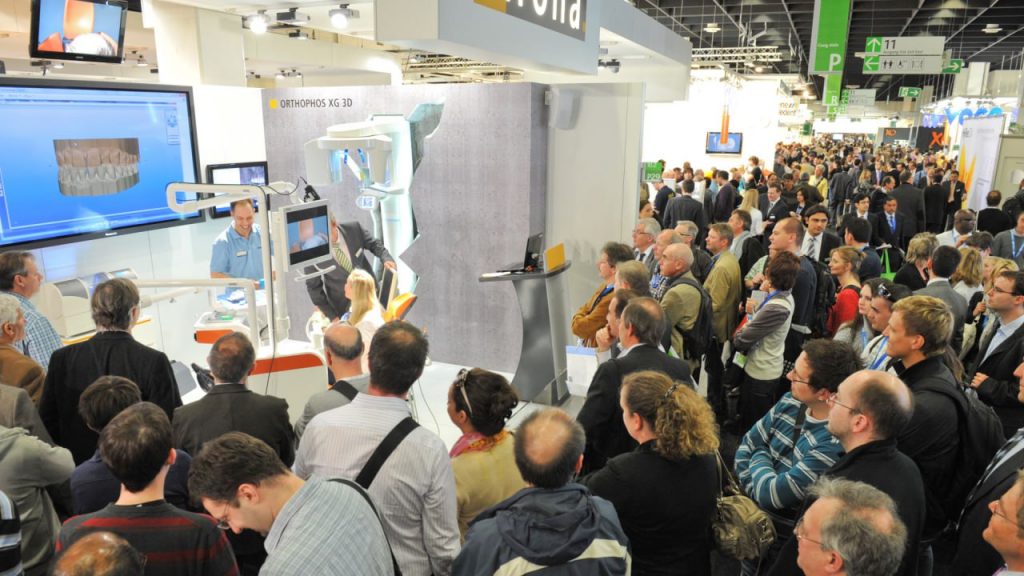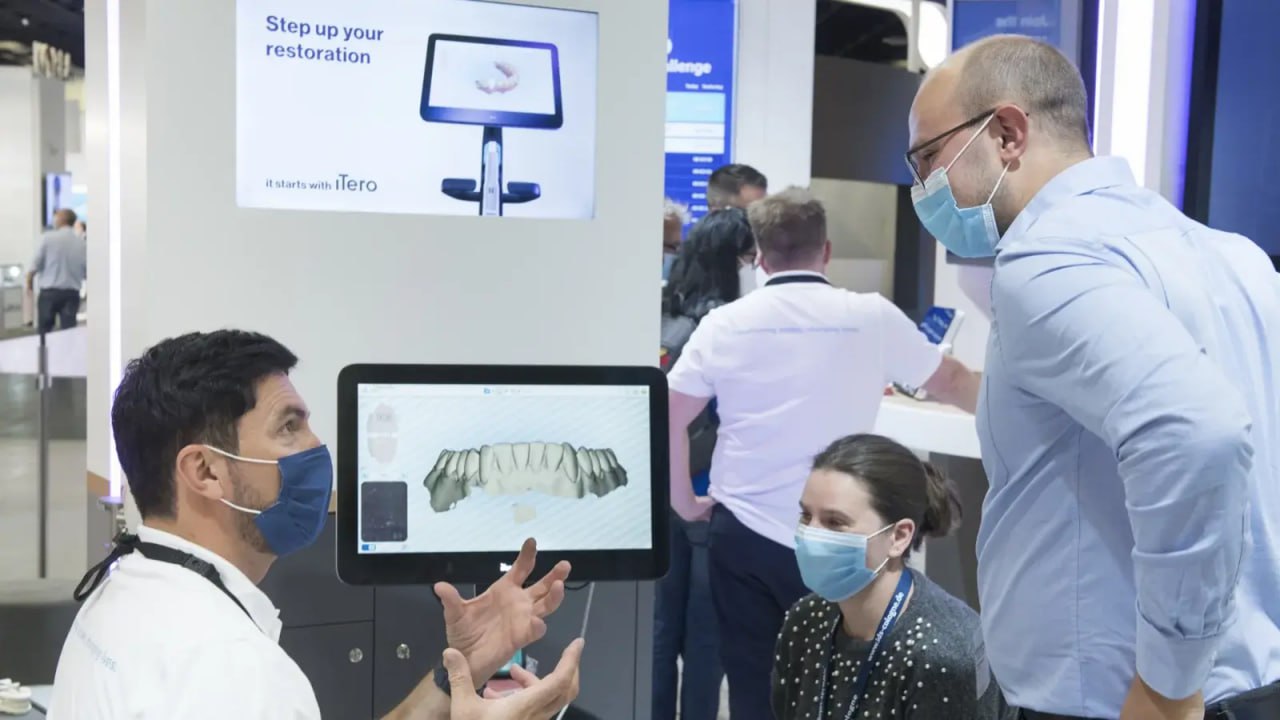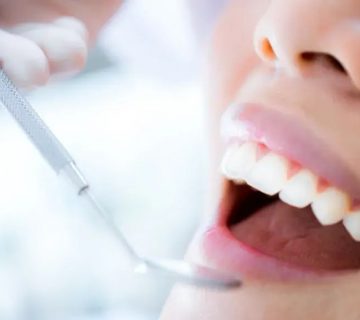Digital technology has continually changed many working processes in the dental practice and laboratory in the past 20 years, and patients have enjoyed the increasing benefits of high-quality dentistry resulting from digitisation.Digital dentistry will be one of the main focuses of the 40th International Dental Show (IDS), which is celebrating its 100th anniversary. For example, attendees will be able to learn about the expanding applications of intra-oral scanners and developments such as automatic blank changers to make fabrication of CAD/CAM restorations more effective.
For many years, IDS has acted as fuel for dental progress. From 14 to 18 March, visitors to IDS will be able to experience the development of the next 100 years in Koelnmesse’s exhibition halls in Cologne in Germany.
Targeted chairside prostheses and intra-oral scanners with a wide range of applications

The number of fabrication options is increasing in the dental practice: crowns, inlays and more can be fabricated chairside or quickly sent to the practice laboratory. This often allows the patient to be treated in a single appointment, even with three-unit zirconia bridges, and ever more patients place great value on the increased convenience this affords. It is an advantage to have an integrated digital procedure that includes a high-speed milling system and speed sintering furnace.
Intra-oral scanners are often at the centre of the entire workflow, and their range of indications is expanding. Full-mouth scans, individual jaw scans, mucosal scans and scan matching are now all feasible. The limits of intra-oral scanners are also being explored. Currently, those include the capture of deep subgingival preparations and the direct translation of an intra-oral scan into functional movements, as required for the fabrication of digital dentures, for example.
Intra-oral scanners achieve the accuracy of elastomeric impressions and are even superior when it comes to single-tooth restorations and smaller-span bridges.1, 2 In future, they will also provide considerable support for dentists regarding preliminary examinations. For example, intra-oral scanners that measure fluorescence could be used to score caries.3
Pioneering digital dental laboratories—the opportunity of globalisation

Owing to globalisation, distance now plays a lesser role in the working relationship between dental laboratories and dental practices, and it is becoming easier to work with the desired laboratory partner. For example, a Bavarian laboratory can now work with dentists in Schleswig-Holstein in Germany or provide quality prostheses to dentists in Brazil. This option is becoming increasingly popular, since dental laboratories are often significantly more digitally advanced than some dental practices. As a communication forum, IDS provides an excellent opportunity to connect with existing contacts and establish new ones.
Off to IDS
Owing to globalisation, distance now plays a lesser role in the working relationship between dental laboratories and dental practices, and it is becoming easier to work with the desired laboratory partner. For example, a Bavarian laboratory can now work with dentists in Schleswig-Holstein in Germany or provide quality prostheses to dentists in Brazil. This option is becoming increasingly popular, since dental laboratories are often significantly more digitally advanced than some dental practices. As a communication forum, IDS provides an excellent opportunity to connect with existing contacts and establish new ones.




No comment